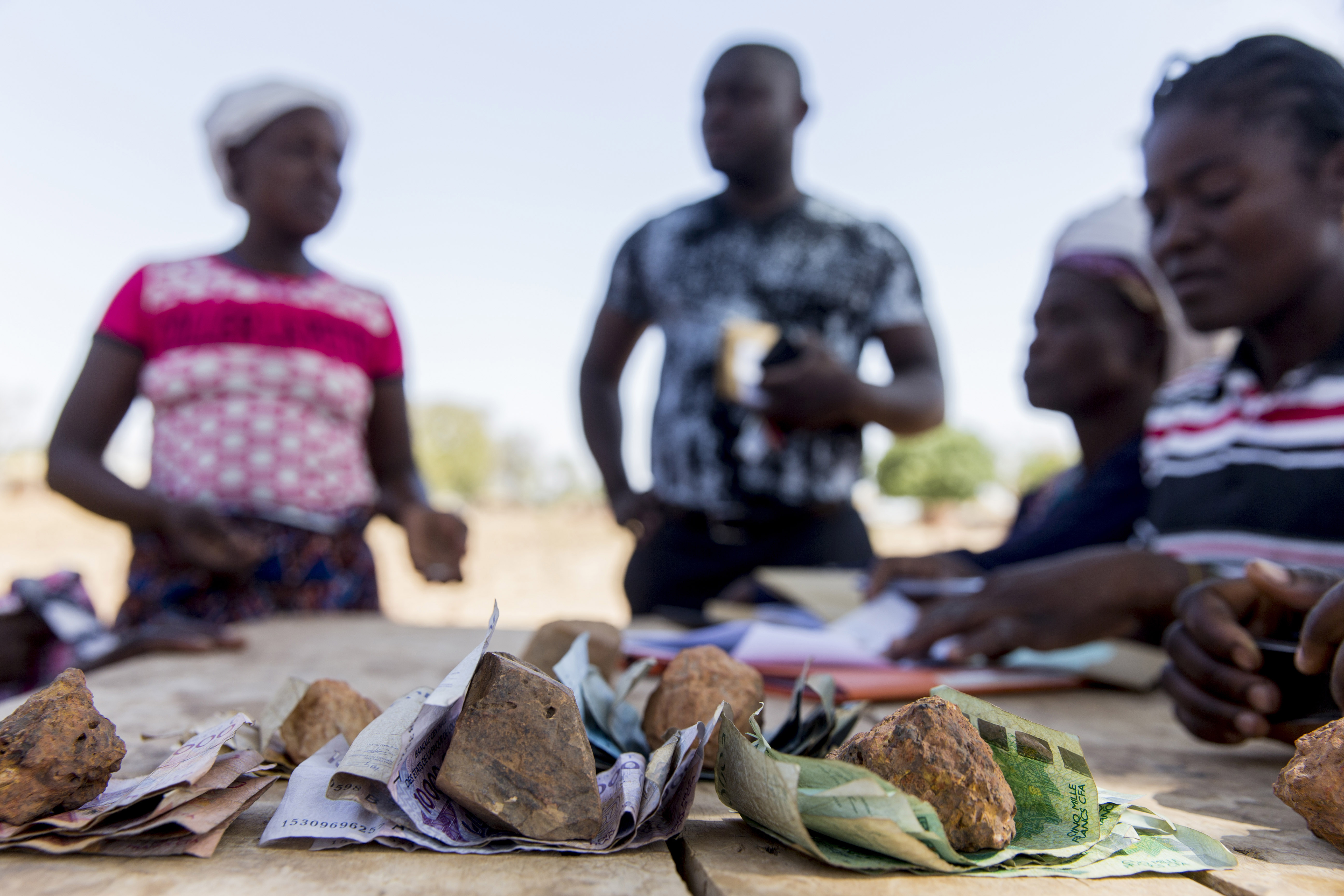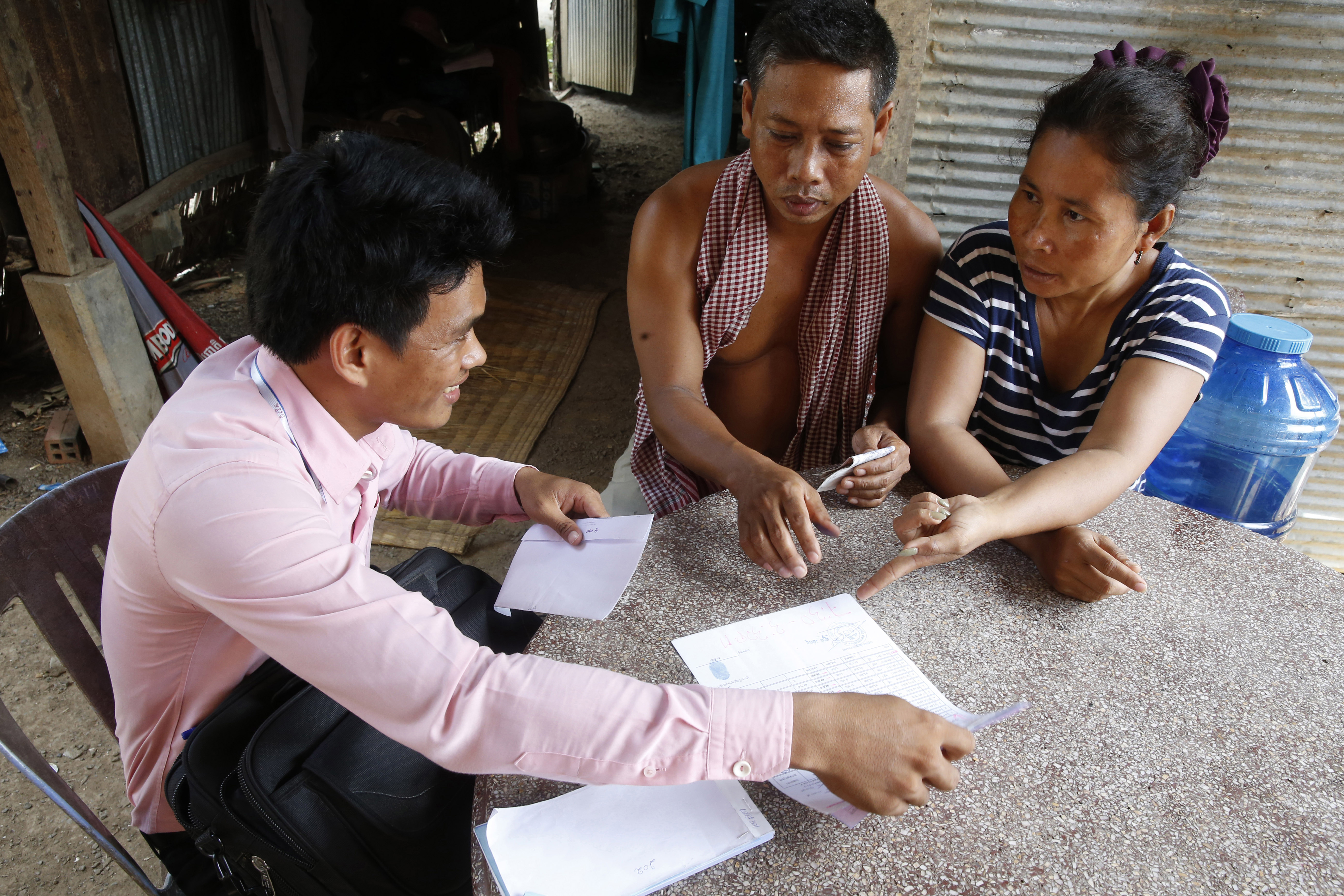Definition of microfinance

©Godong/ P. Lissac
Microfinance mainly refers to micro-credit. A micro-credit is a small loan which is mainly granted to people with a low income.
There is no shortage of initiatives in developing countries, but there is a lack of funding for starting a business. Microfinance institutions (MFIs) offer tailored financial and non-financial services and products for this startup clientele. Microfinance thereby alleviates poverty and offers the poorest segments of the population the possibility of economic independence by promoting entrepreneurship.
The financial services provided by microfinance institutions in emerging economies and in developing countries not only increase the rate of bank penetration but also contribute to a significant improvement in living conditions as well as to the achievement of the UN's sustainable development goals.
The history of microfinance
Microfinance, as we know it today, was popularized by Muhammad Yunus, winner of the Nobel Peace Prize in 2006. Dr. Yunus, known as the "banker to the poor" was the founder of the first microcredit institution, the Grameen Bank, in 1976 in Bangladesh.
Historically, other banking organizations already existed before the Grameen Bank. In Europe, for example, Raiffeisen, the first savings and credit cooperative, was created in Switzerland in 1849. The Caisse du Crédit Mutuel was created in Strasbourg in 1882, strongly inspired by the Swiss model.
Informal savings and credit systems existed in addition to banking institutions. One of the best known is the tontine: a group of people who save together to invest in a project or to support one of the savers. Each saver benefits from the collective savings in turn, which must be repaid over a given period of time.
The difference between microfinance and inclusive finance
Inclusive finance goes beyond microfinance, which is too often confined to simple microcredit.
Microcredit
Microcredit are granted by MFIs to finance income-generating activities of low-income individuals to improve the living conditions of their households.
The amounts of microcredits vary greatly depending on the MFI and the socio-economic situation of the country concerned. Microcredits can range from a few Euros to several hundred or even thousands of Euros.
The loan officer
The loan officer works for a microfinance institution and is the direct link with the client. The loan officer builds a trusting relationship with clients and has to travel daily by motorcycle, car or on foot to meet entrepreneur clients who are based several kilometres away from the MFIs.
The loan officer collects loan repayments, offers new services, grants loans and also helps families to manage their budget by acting as educators.
Some MFIs are converting to digital technology, which allows them to monitor client payments remotely.

©Godong/ P. Lissac